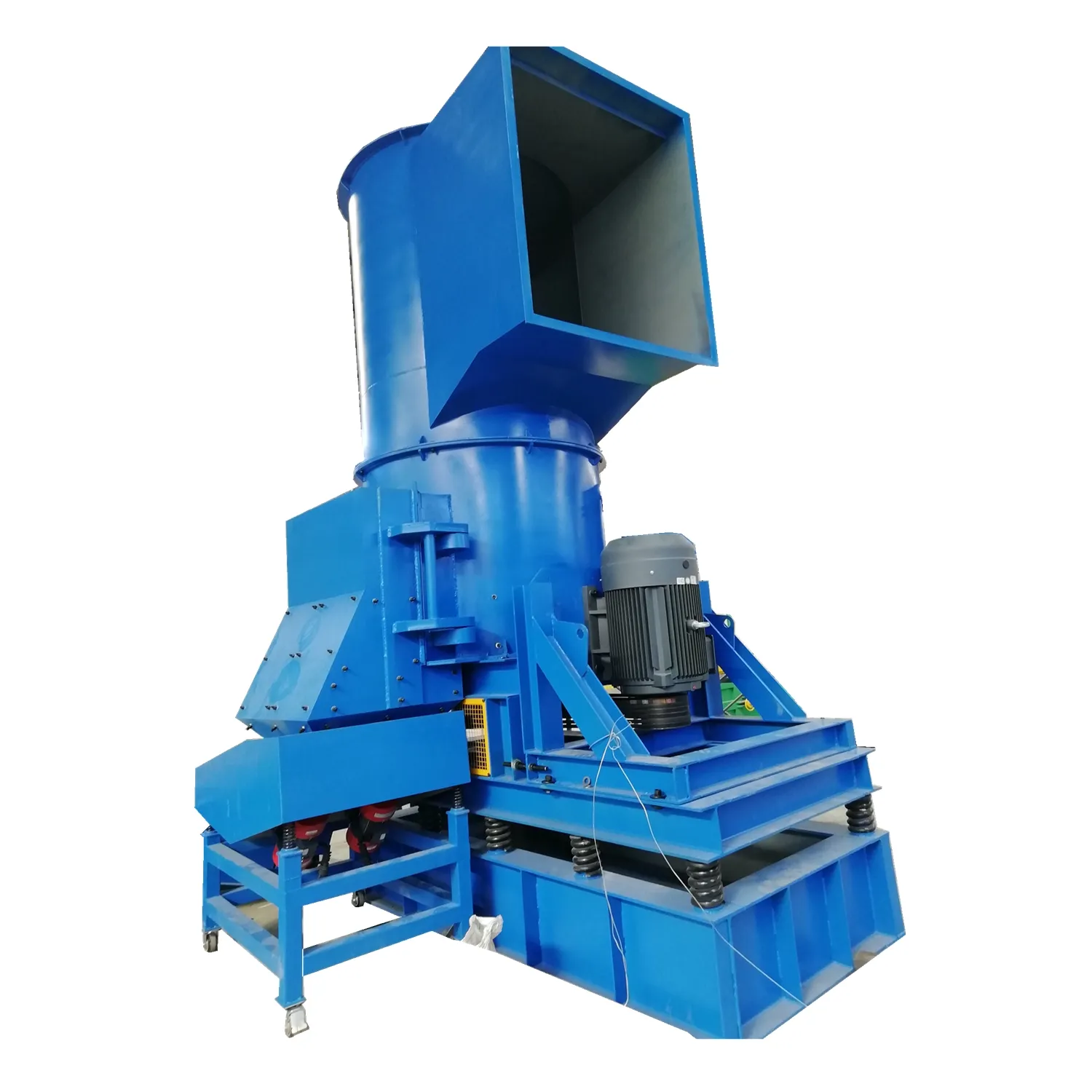

Sep . 01, 2024 06:57 Back to list
Understanding Steel Shredder Machines Innovations and Applications
Steel shredder machines are vital in the recycling industry, designed to process various forms of metal, particularly scrap steel. These machines have seen significant advancements in recent years, leading to increased efficiency, reduced operational costs, and less environmental impact. This article delves into the working principles, types, benefits, and future trends associated with steel shredder machines.
At the core of a steel shredder machine is its capability to reduce large pieces of scrap metal into smaller, manageable sizes. Typically, these machines operate using powerful rotating blades that can crush, shear, and shred metal into uniform particles. The shredded material can then be easily transported, stored, or processed further, making it ideal for recycling operations. The efficiency of a shredder largely depends on its motor power, blade design, and the technology employed in its operation.
There are various types of steel shredder machines available, each suited for different applications
. Primary shredders are designed to handle large, bulky items such as whole car bodies or large industrial scrap, while secondary shredders are utilized for finer shredding. Additionally, portable shredders are becoming increasingly popular due to their flexibility and ease of transport, allowing operators to process metal on-site without the need for moving it to a centralized facility.
The benefits of using steel shredder machines are numerous. Firstly, shredding metal not only streamlines the recycling process but also enhances the quality of the recycled material. Smaller particles have a higher purity level, making them more desirable in the market. This process also contributes to environmental sustainability by reducing waste, conserving natural resources, and lowering carbon emissions associated with metal production. Furthermore, the ability to recover valuable metals from scrap reduces the need for mining new materials, thus preserving natural habitats.
Despite the many advantages, operators of steel shredder machines must also be aware of the challenges. Maintenance is crucial to ensure the longevity and efficiency of the equipment. Regular inspections, sharpening of blades, and adherence to safety protocols are essential practices. Additionally, the initial investment in high-quality shredders can be substantial, prompting some businesses to weigh the benefits against costs carefully.
Looking to the future, the steel shredding industry is poised for innovation. The integration of technologies such as IoT and AI can enhance monitoring systems, predictive maintenance, and operational efficiency. These technologies offer real-time data analysis, enabling operators to optimize performance and reduce downtime. Moreover, as global demand for recycled materials continues to rise, the role of steel shredder machines in the circular economy will become increasingly critical.
In conclusion, steel shredder machines play an integral role in the efficient recycling of scrap metal. Their ability to transform large, cumbersome items into valuable raw materials is essential for promoting sustainability and conserving resources. As technologies advance, the future of steel shredding looks promising, paving the way for more effective recycling processes and greater environmental benefits.
Latest news
Troubleshooting Common Eddy Separator Problems
NewsJul.04,2025
The Role of Metal Recycling Plants in Circular Economy
NewsJul.04,2025
The Impact of Recycling Line Pickers on Waste Management Costs
NewsJul.04,2025
Safety Features Every Metal Shredder Should Have
NewsJul.04,2025
How Industrial Shredders Improve Waste Management Systems
NewsJul.04,2025
How Cable Granulators Contribute to Sustainable Recycling
NewsJul.04,2025